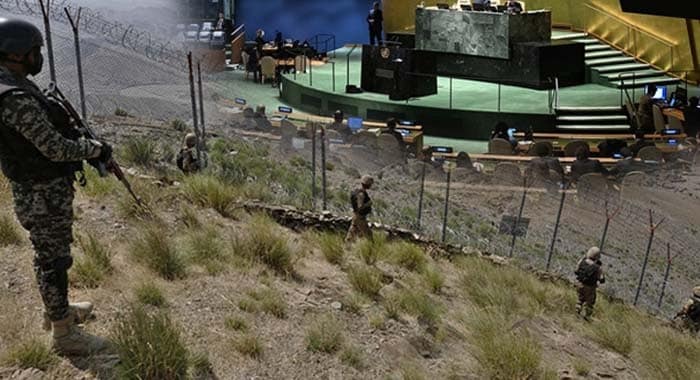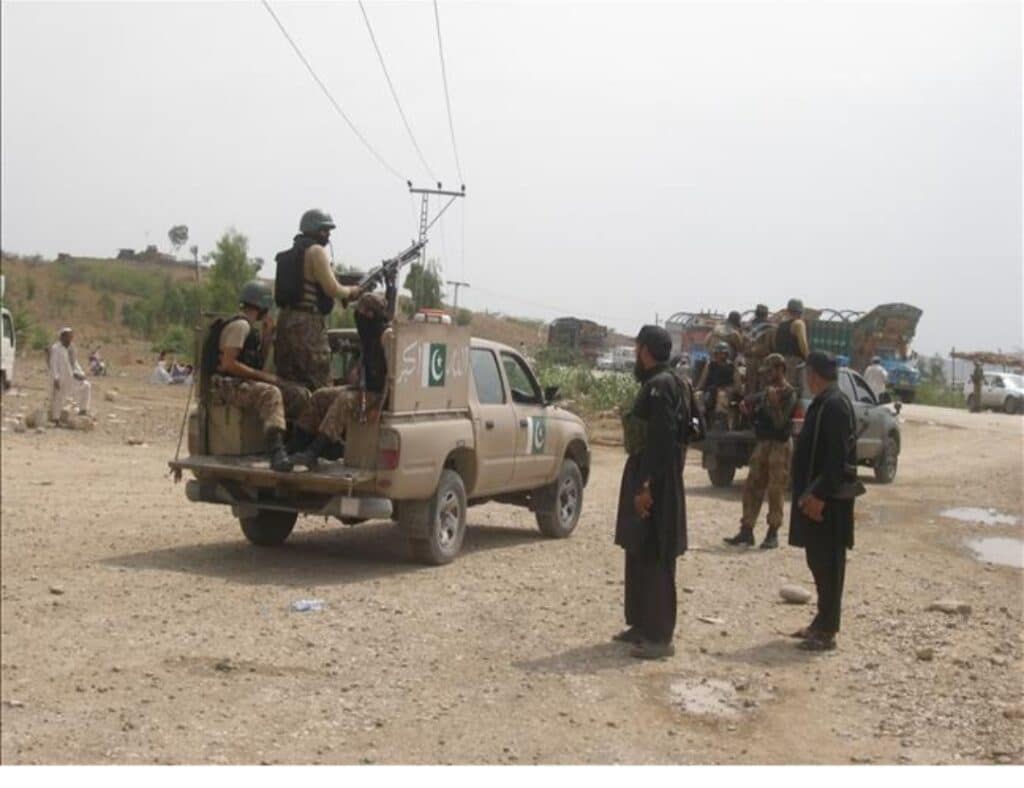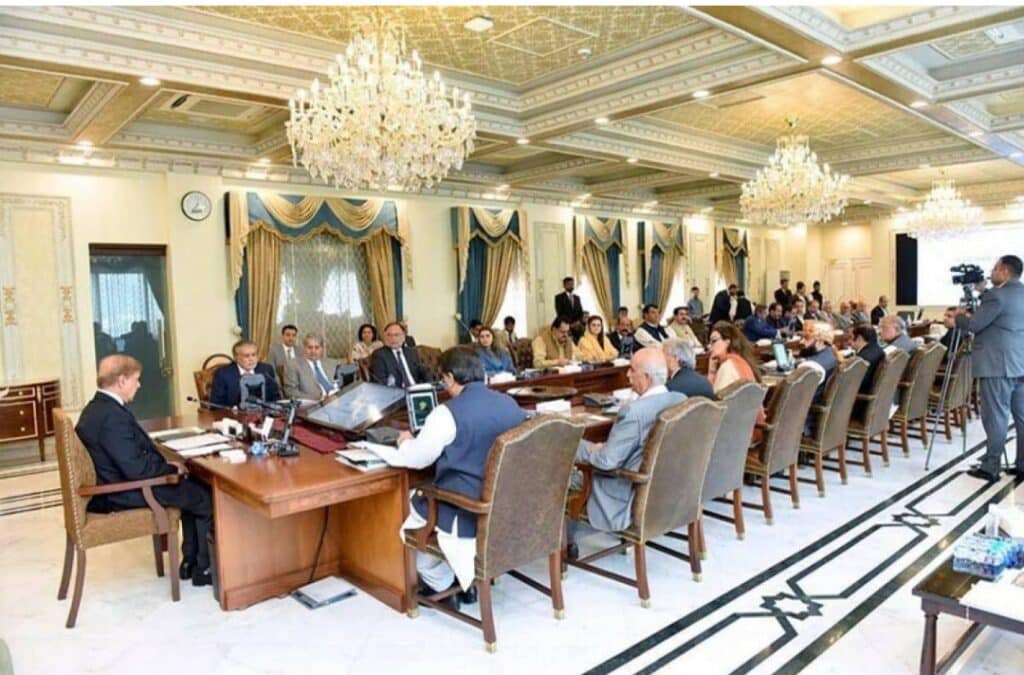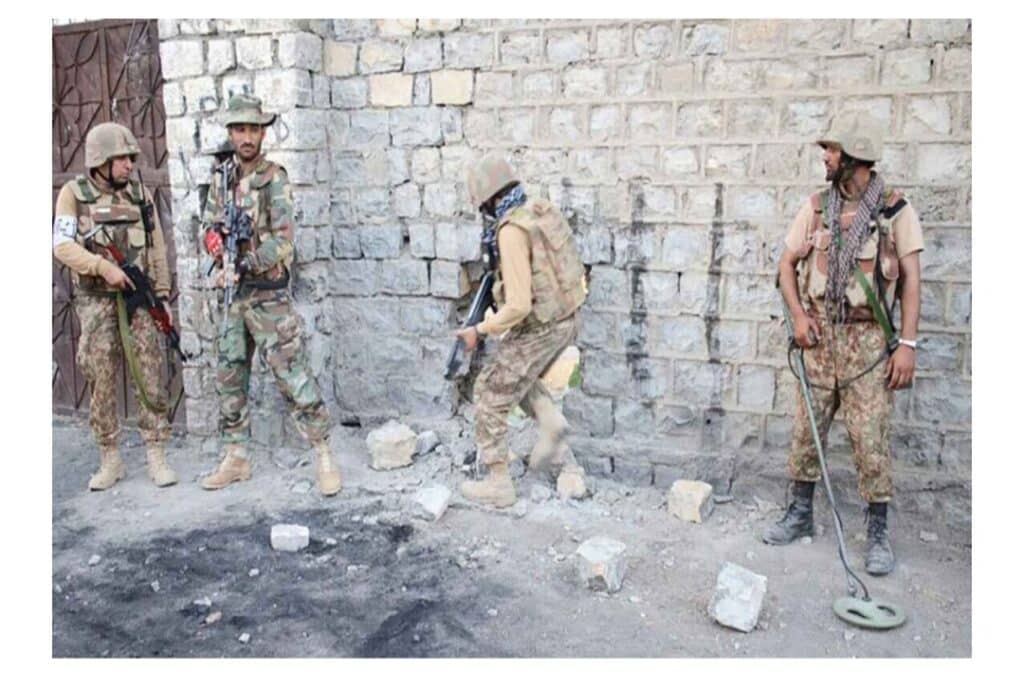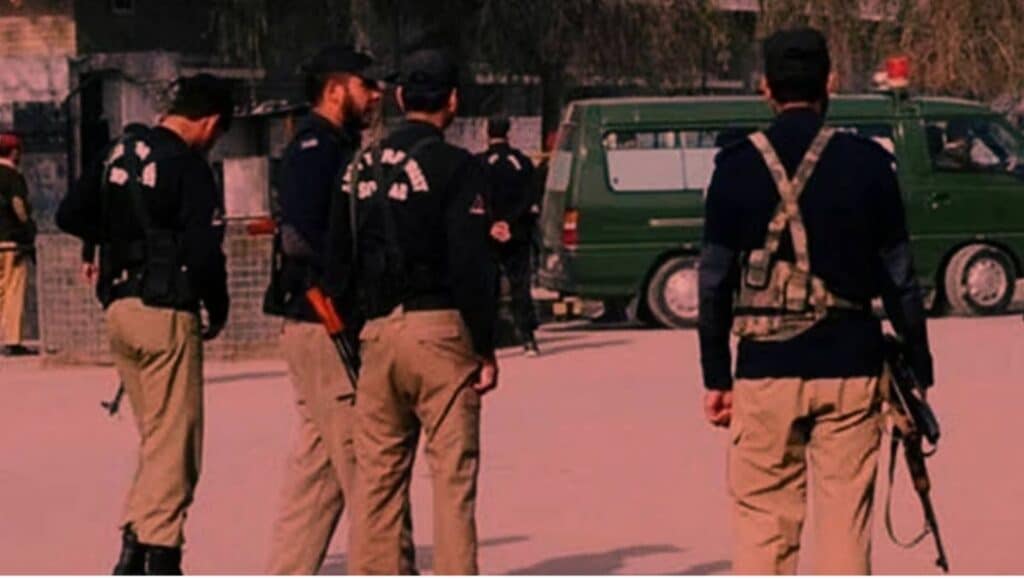It is no longer just Pakistan or regional neighbours raising the alarm. The United Nations has now joined the chorus, confirming what many have been saying for years: Afghanistan continues to host active terrorist sanctuaries, and the Afghan Taliban’s denials are increasingly unconvincing.
A recent report submitted to the UN Security Council by its Analytical Support and Sanctions Monitoring Team lays bare the uncomfortable truth. Groups like Al-Qaeda and Tehreek-e-Taliban Pakistan (TTP) are not only present in Afghanistan—they are thriving, training, and expanding their reach, often in full view of Afghan authorities.
According to the report, terrorist elements are operating freely across six provinces; Ghazni, Helmand, Kandahar, Kunar, Uruzgan, and Zabul. The TTP alone commands an estimated 6,000 fighters, many of them armed with sophisticated weapons, a fact that explains the growing intensity of cross-border attacks into Pakistan. Worse, three newly established training camps are now jointly training Al-Qaeda and TTP operatives—pointing to renewed cooperation between global and regional terror outfits.
For months, Pakistan and several Central Asian countries have been warning the world about these developments. Their claims were often dismissed as political rhetoric or regional posturing. But the UN’s validation changes that. This is no longer a case of one neighbor accusing another—it is a global institution echoing the same concern: Afghanistan has become a safe haven for transnational terror.
The Taliban regime in Kabul, however, remains defiant. Instead of acknowledging these realities, it continues to offer blanket denials, dismissing every report as part of a so-called smear campaign. But how long can that narrative hold?
Afghanistan’s own security calculus is at stake. The presence of foreign militants—especially those with long-standing ties to extremist ideologies—undermines the Taliban’s claims to sovereignty, stability, and control. If provinces like Kunar and Helmand are effectively run by armed non-state actors, what does that say about the Taliban’s writ outside Kabul?
This question is not just rhetorical. It has real implications for regional peace and for the Taliban’s international legitimacy. At recent multilateral meetings, including the UN and Moscow dialogues—where acting Foreign Minister Amir Khan Muttaqi appeared as the official face of the interim government—regional stakeholders demanded more than words. They called for action: clear, visible, and verifiable steps to dismantle terrorist safe havens.
It was also made clear to the Taliban that patience is running thin. While many nations remain willing to invest in Afghanistan’s future—economically and diplomatically—none are prepared to turn a blind eye to the use of Afghan soil by groups plotting attacks beyond its borders. Some have even warned they reserve the right to act unilaterally to defend their national security, if the Taliban fails to act.
There is still time for the Taliban to change course. That would mean cracking down—seriously—on terrorist groups like TTP, Al-Qaeda, and IS-K. It would also require the Taliban to rethink its internal policies, including forming a more inclusive government, as repeatedly urged by the international community.
But that window of opportunity is shrinking. And the cost of continued denial, both for Afghanistan and the region, could be devastating.
So again, we ask:
For how long will the Taliban continue to deny what the world now openly acknowledges?

